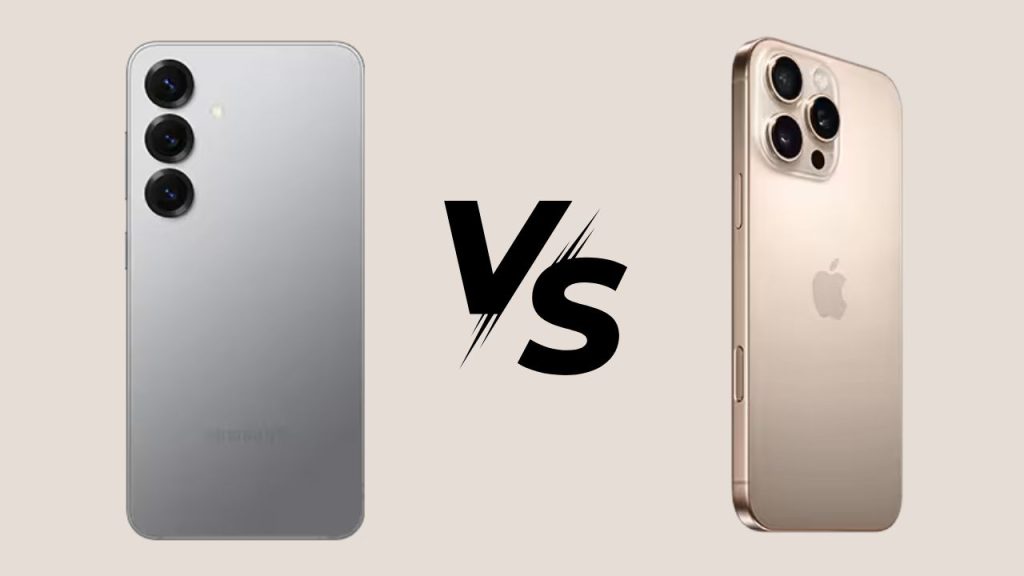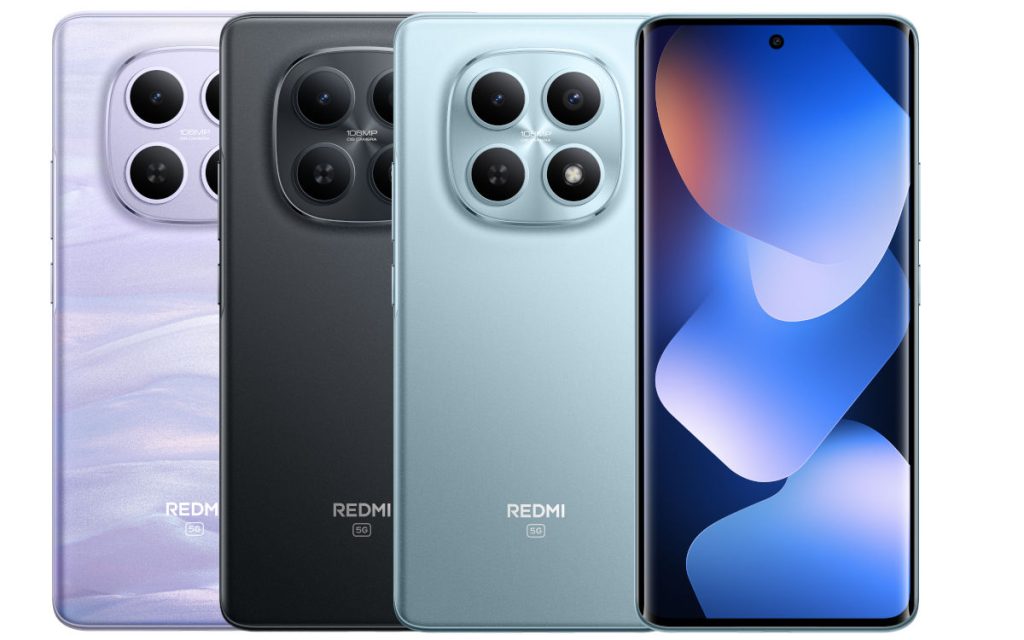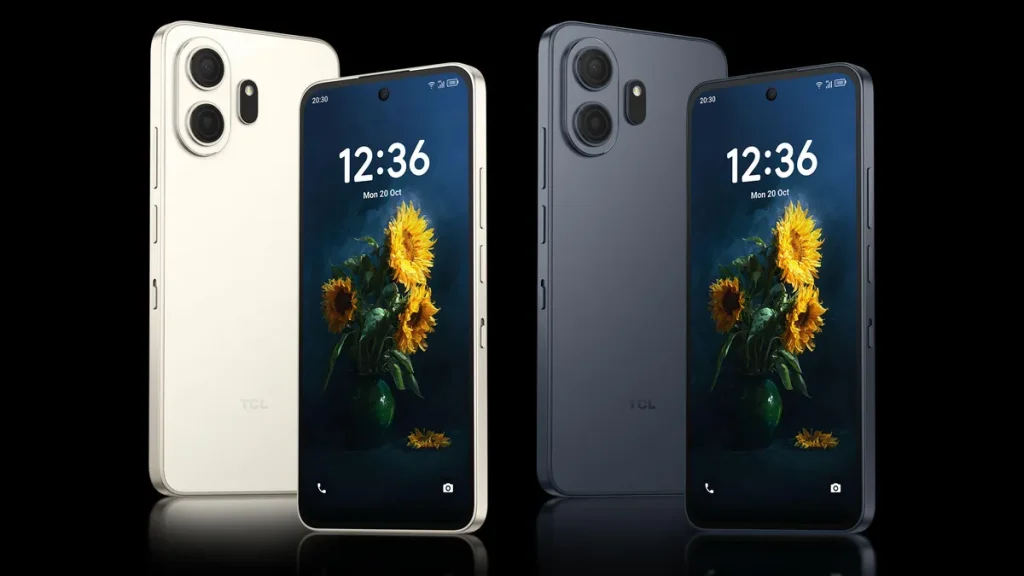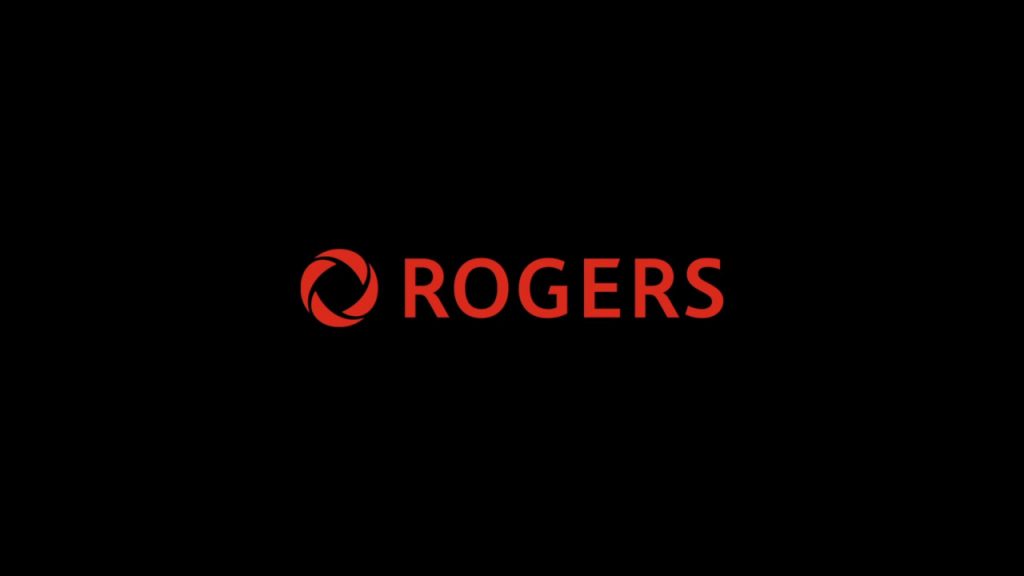It’s an annual tradition in the tech world: Samsung and Apple launch their flagship smartphones, igniting fierce debates over which device comes out on top. This year, the Samsung Galaxy S25 and iPhone 16 go head-to-head, each packing cutting-edge tech, compact designs, and features tailored for even the most discerning users. We’ve analyzed them point by point, design, performance, and more, to deliver a clear, professional verdict to guide your decision.

Find the plan that fits your needs and budget on PlanHub.ca!
Design: A Matter of Style
On one side, the Galaxy S25 carries Samsung’s signature understated elegance. With its matte back, aluminum edges, and a revamped camera bump (three lenses wrapped in a subtle ring) it keeps the brand’s clean lines while adding a modern twist. At just 7.2mm thick and 162 grams, it feels incredibly light and fits naturally in your hand. It’s available in seven vibrant colors, from navy blue to coral red, giving it plenty of visual appeal.
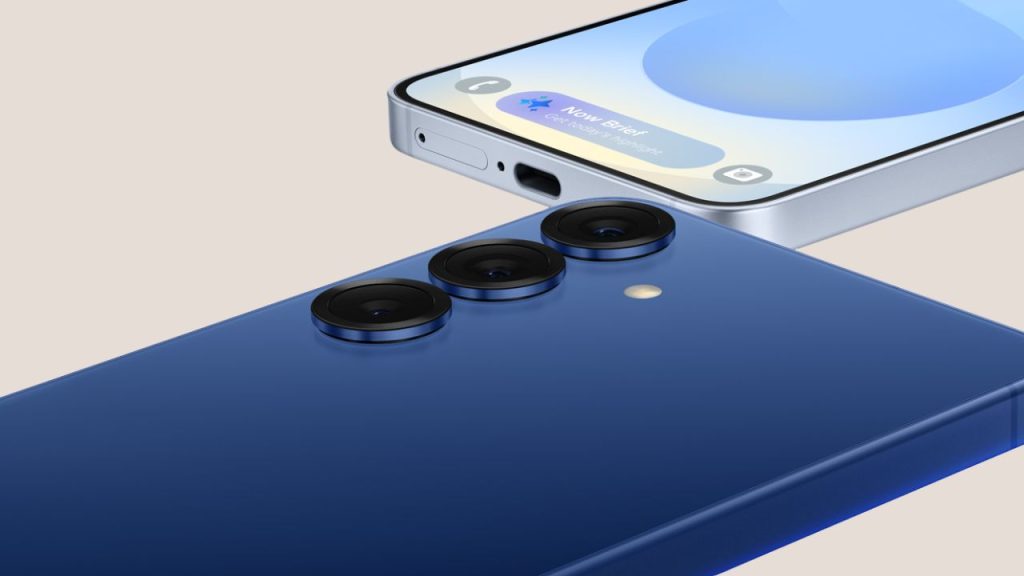
On the other hand, the iPhone 16 sticks to Apple’s signature look but with a few welcome tweaks. The rear cameras are now vertically aligned, and the pastel finishes (pink, green, blue, white, and black) have been given a deeper, richer tone. At 7.8mm and 170 grams, it’s slightly bulkier, but still comfortable to hold. The Dynamic Island replaces the old notch and adds a layer of interactivity, while two new buttons join the mix: a customizable action button (perfect for turning on the flashlight or muting the phone) and a dedicated camera button for quick zooms or instant shots.
Display: Smoothness vs. Precision
The Galaxy S25 shines with its 6.2-inch AMOLED display (Full HD+). Its adaptive refresh rate (from 1 to 120 Hz) delivers buttery-smooth performance whether you’re scrolling through Instagram or playing demanding games. With a peak brightness of 2,600 nits, it’s perfectly readable even under direct sunlight. A flawless execution.
The iPhone 16, on the other hand, features a 6.1-inch OLED display (Super Retina XDR) with slightly sharper resolution (460 ppi). Colors are vibrant, viewing angles are spot-on but there’s a catch: it’s still capped at 60 Hz. At this price point, that’s a tough pill to swallow, especially compared to the competition. Its 2,000-nit peak brightness is solid, but clearly a step below.
Battery Life: A Tight Match
With its 4,000 mAh battery, the S25 seems to have the upper hand over the iPhone 16‘s 3,600 mAh. But thanks to iOS optimization and the A18 Bionic chip, Apple closes the gap. In daily use (social media, photos, streaming), both phones comfortably last a full day, maybe even longer with lighter use. However, under heavier tasks like gaming or 4K video recording, the iPhone tends to drain faster.
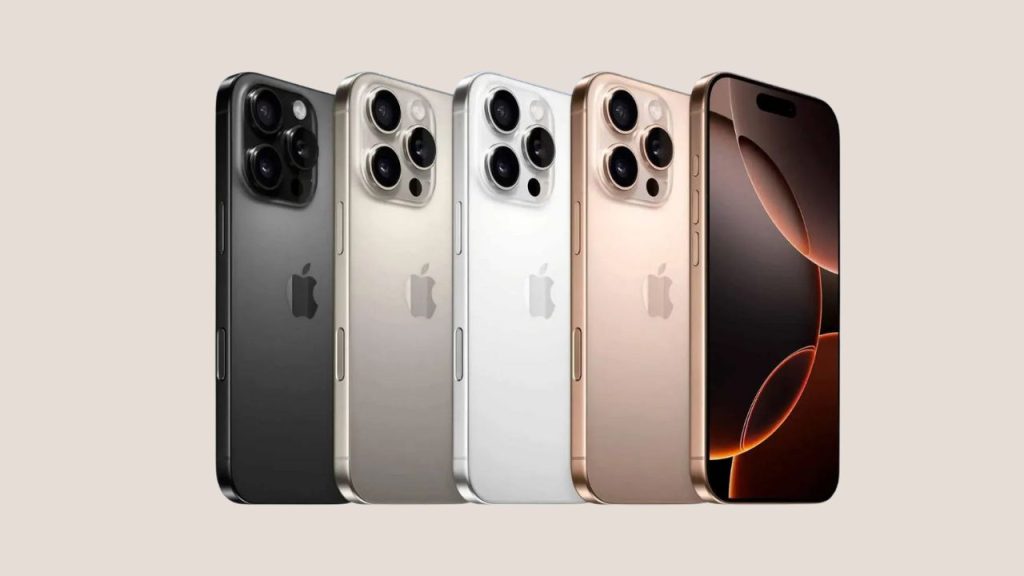
Charging is where things fall a bit flat. The S25 maxes out at 25W (15W wireless), while the iPhone 16 goes up to 30W. Expect around 1h15 to 1h30 for a full charge, far behind Android’s blazing-fast 80W+ standards. One bonus for Samsung, though: reverse wireless charging, which Apple still doesn’t offer.
Performance: Powerhouses on the Run
The Galaxy S25 packs the Snapdragon 8 Gen 3 paired with 12 GB of RAM. Gaming, video editing, multitasking, nothing slows it down.
The iPhone 16, with its A18 Bionic chip and 8 GB of RAM, is just as impressive, especially for heavy tasks like 4K editing or AAA games. Still, the S25’s 12 GB gives it a slight edge when it comes to intense multitasking.
Software: Android vs. iOS
The S25 runs on One UI 7 (Android 15), a smooth, highly customizable interface packed with AI features (Galaxy AI). The iPhone 16, running iOS 18, delivers a cleaner experience, with more personalization options and seamless integration within the Apple ecosystem. That said, some of Apple’s AI features aren’t yet available in French.

Photo and Video: Versatility vs. Naturalness
The Galaxy S25 goes for a versatile triple camera setup: a 50 MP main sensor for sharp details, a 12 MP ultra-wide with crisp edges, and a 10 MP telephoto offering 3x optical zoom. It performs well in all conditions. The iPhone 16, with its 48 MP main and 12 MP ultra-wide duo, favors a natural look, especially for portraits. Its 2x digital zoom is decent but lacks a dedicated telephoto lens.
On the video side, the S25 shoots in 8K at 30 fps and even offers a LOG mode for pros. The iPhone 16, capped at 4K HDR Dolby Vision (60 fps), impresses with vibrant colors and rock-solid stabilization.
AI: Samsung Takes the Lead
Samsung integrates Galaxy AI everywhere: call transcription, real-time translation, generative photo editing, automatic summaries… it’s practical and easy to use.
Apple, with an improved Siri and features like Image Playground, promises a lot but its AI is still partly limited outside of English.
The Samsung Galaxy S25 or iPhone 16 at the best price
Thanks to PlanHub.ca, find the iPhone 16 or Samsung Galaxy S25 at the best price among offers from major providers.
Security: Face ID vs. Flexibility
Security is key to protecting your data and quickly unlocking your phone. The Samsung Galaxy S25 and iPhone 16 take different approaches, each with its own strengths.
iPhone 16: Face ID, the Fortress
Apple bets everything on Face ID, a highly secure 3D facial recognition system. Using infrared sensors and the TrueDepth camera, it maps your face with precision even in low light or with glasses. It’s fast and reliable for unlocking the device, Apple Pay, or secure apps. A six-digit PIN backs it up, but the lack of a fingerprint reader can be inconvenient, especially when wearing a mask or at unusual angles. Still, Face ID remains the gold standard for maximum security.
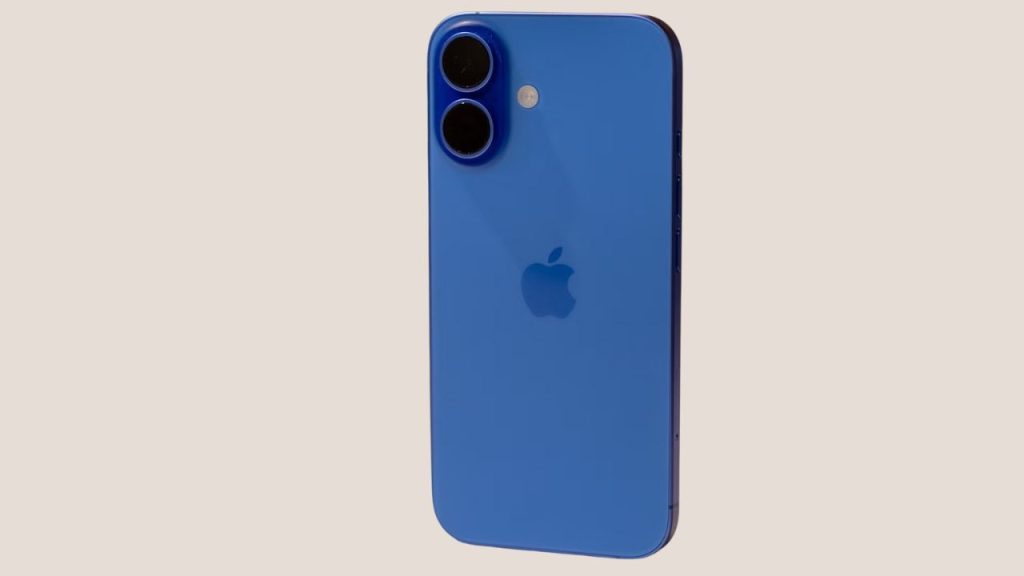
Samsung Galaxy S25: The Choice for Versatility
The Galaxy S25 offers several options: an ultrasonic fingerprint scanner under the screen that’s fast and accurate, even with wet fingers, and 2D facial recognition via the front camera. The latter is convenient but less secure, as it can be fooled by a photo. Classic options like PIN, password, and pattern are also available. This variety lets you adapt to any situation, a real plus for those who like to switch methods depending on the context.
So, S25 or iPhone 16?
The Galaxy S25 shines with its versatility: a smooth display, triple camera setup, pervasive AI features, and often a more affordable price. The iPhone 16 attracts with its seamless ecosystem, exceptional video quality, and ease of use especially for Apple fans.
Go for the S25 if you want a well-rounded, customizable smartphone packed with features.
Choose the iPhone 16 if you value stability, natural photo/video quality, and a seamless experience within the Apple universe.
Either way, you’ll have the best of mobile technology in 2025. It’s up to you to decide what matters most!
FAQ
Which smartphone has the better screen: iPhone 16 or Samsung Galaxy S25?
The Galaxy S25, thanks to its 120 Hz refresh rate, compared to 60 Hz on the iPhone 16.
Which offers better battery life: Galaxy S25 or iPhone 16?
Both last a full day. It’s a tie, except under heavy use where the S25 may have a slight advantage.
Which is more powerful: iPhone 16 or Galaxy S25?
Both are very powerful, but the Galaxy S25 handles multitasking better with its 12 GB RAM.
Which is better for photos: iPhone 16 or Samsung Galaxy S25?
The S25 is more versatile with a telephoto lens. The iPhone offers more natural colors.
Who has better AI features: iPhone 16 or Galaxy S25?
The Galaxy S25, with Galaxy AI, is more complete and already available in French.
Where to find the Galaxy S25 or iPhone 16 at the best price?
Thanks to PlanHub.ca, compare plans and find the Galaxy S25 or iPhone 16 at the best price for your needs.

